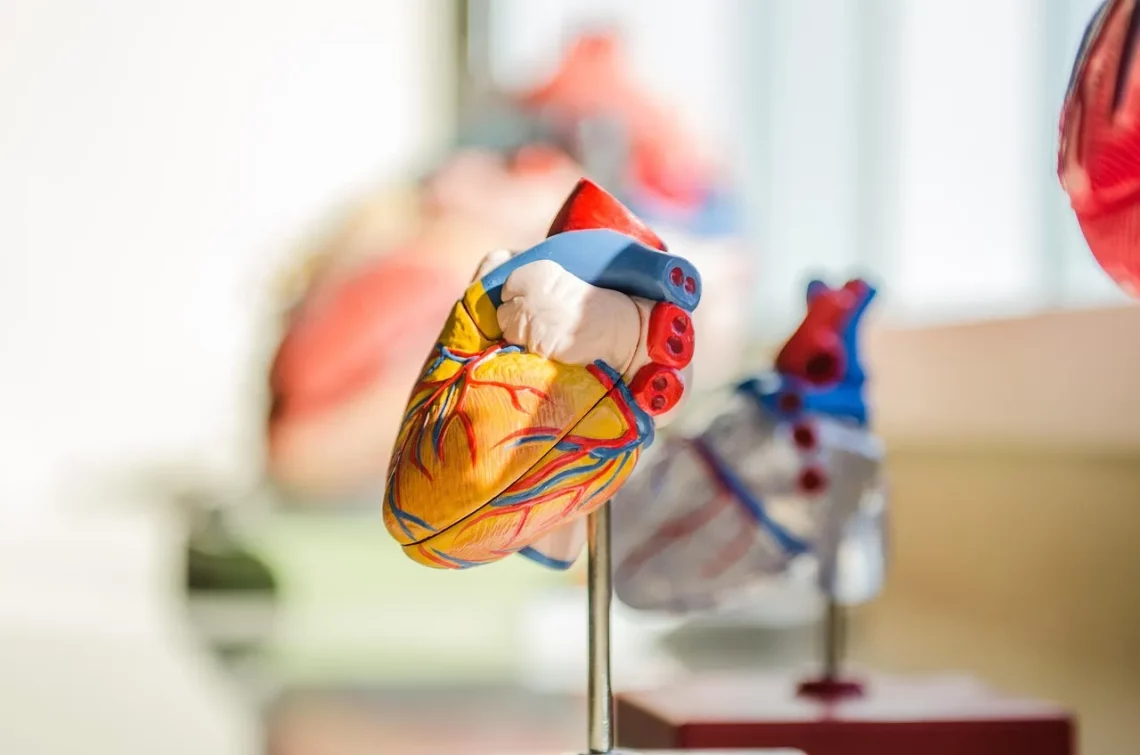
Different Types of Penises: Understanding Variety and Function
Understanding the diversity of human anatomy is essential, particularly when it comes to male genitalia. The penis, an organ with various shapes, sizes, and functionalities, serves significant biological and aesthetic purposes. Beyond its primary role in reproduction, it plays a critical part in sexual health and identity. Each individual’s anatomy is unique, influenced by genetics, hormonal factors, and environmental conditions. This diversity can sometimes lead to misunderstandings or myths regarding what is considered “normal.”
In societies around the world, perceptions of the penis can vary widely, often shaped by cultural norms, media portrayals, and personal experiences. Understanding the different types and characteristics of penises can help demystify this crucial aspect of human anatomy, fostering a more inclusive and informed discussion about male sexual health. By exploring the functional variations and their implications, we can better appreciate the complex nature of this organ and its role in human sexuality.
As we delve deeper into the topic, we will examine the various forms of penises, their functionalities, and the cultural significance they hold. This exploration aims to promote awareness and understanding, encouraging open conversations about male anatomy and sexual health.
Variations in Size and Shape
When discussing the penis, size and shape are often the first attributes that come to mind. It is important to note that there is a broad spectrum of sizes and shapes, with each variation serving its own purpose. The average penis size, when erect, typically ranges between 5 to 6 inches in length, but many men will fall outside this range.
Length and girth can both play a role in sexual satisfaction, but studies suggest that these physical attributes are not the sole determinants of a fulfilling sexual experience. Preferences often vary widely among individuals, with some valuing emotional connection and technique over size.
In terms of shape, some penises may have a pronounced curve, while others are relatively straight. This curvature can be natural and harmless, but in some cases, it may indicate a condition known as Peyronie’s disease, which can cause pain and discomfort during erections.
The variations in size and shape of the penis also extend to the flaccid state. Some penises may hang lower, while others are more tucked away. These differences are influenced by factors such as body composition and genetics.
Understanding that diversity exists can help dispel myths and build confidence among individuals who may feel insecure about their anatomy. It is crucial to remember that every body is unique, and the focus should be on overall sexual health rather than comparison to perceived ideals.
Functional Differences and Health Considerations
Beyond size and shape, the penis also exhibits various functional differences that can impact sexual health and performance. The primary functions of the penis include urination and sexual reproduction, both of which can be influenced by anatomical variations.
For instance, a condition known as hypospadias occurs when the urethral opening is located on the underside of the penis rather than at the tip. This can affect not only urination but also sexual function and can require surgical intervention. Conversely, epispadias, where the urethra opens on the top side, is another rare condition that may also necessitate treatment.
Sexual function can also be affected by erectile dysfunction (ED), which is the inability to achieve or maintain an erection. This condition can arise from various factors, including psychological stress, hormonal imbalances, or physical health issues. Understanding these differences is essential for individuals to seek appropriate medical advice when needed.
Moreover, the penis is also susceptible to various health concerns, including infections, sexually transmitted diseases (STDs), and cancers. Regular check-ups and open conversations with healthcare professionals can help in the early detection and treatment of potential issues.
Promoting awareness about these functional differences is vital for encouraging proactive health practices and reducing stigma associated with male sexual health. Individuals should feel empowered to seek help and discuss concerns without fear of judgment.
Cultural Perspectives and Social Implications
Cultural perceptions of the penis vary significantly across different societies and can influence how individuals view themselves and others. In many cultures, size and shape are often associated with masculinity and virility, leading to unrealistic expectations and sometimes harmful behaviors.
Media portrayals frequently exaggerate the importance of penis size, contributing to a culture of comparison among men. This has led to the proliferation of various products and procedures claiming to enhance size or performance, many of which are unproven and can even be harmful.
Conversely, some cultures celebrate the diversity of the penis, emphasizing that size and shape do not define a man’s worth or abilities. Educational initiatives that promote healthy attitudes towards male anatomy can help dismantle harmful stereotypes and encourage acceptance of individual differences.
Additionally, discussions around sexual health and anatomy are often stigmatized, particularly among men. Encouraging open dialogue can help break down these barriers, allowing for a more comprehensive understanding of male sexual health. This includes addressing topics such as consent, sexual pleasure, and responsible sexual practices, which are often overlooked in traditional discussions about male anatomy.
Promoting an environment where individuals feel comfortable discussing their anatomy and experiences can lead to improved sexual health outcomes and overall well-being.
Understanding Psychological Impact
The psychological effects of perceptions surrounding the penis are profound and often overlooked. For many men, societal standards and stereotypes can lead to feelings of inadequacy or anxiety regarding their anatomy. The pressure to conform to certain ideals can impact self-esteem and relationships, influencing how men view themselves and their sexual partners.
This psychological burden can result in various issues, including performance anxiety and avoidance of intimate situations. The fear of judgment based on size or shape can prevent individuals from engaging fully in their sexual lives, leading to dissatisfaction and emotional distress.
Therapeutic approaches that address these psychological aspects are critical. Open discussions about body image and sexuality can help individuals confront and overcome feelings of inadequacy. Mental health professionals can provide strategies to build confidence and improve overall sexual well-being.
Furthermore, fostering an environment of acceptance and understanding among peers can encourage healthier attitudes towards anatomy. Support groups and educational workshops that focus on body positivity can help alleviate the stigma surrounding discussions about the penis and male sexual health.
Ultimately, recognizing the psychological impact of societal perceptions on the penis is essential for promoting a healthier, more inclusive dialogue about male anatomy and sexual health.
In conclusion, understanding the variety of penises and their functions is essential for fostering a healthy perspective on male anatomy. By embracing diversity and promoting open discussions, we can break down harmful stereotypes and encourage a more inclusive approach to sexual health.
*This article is not intended as medical advice. For any health-related concerns, please consult a qualified healthcare professional.*




